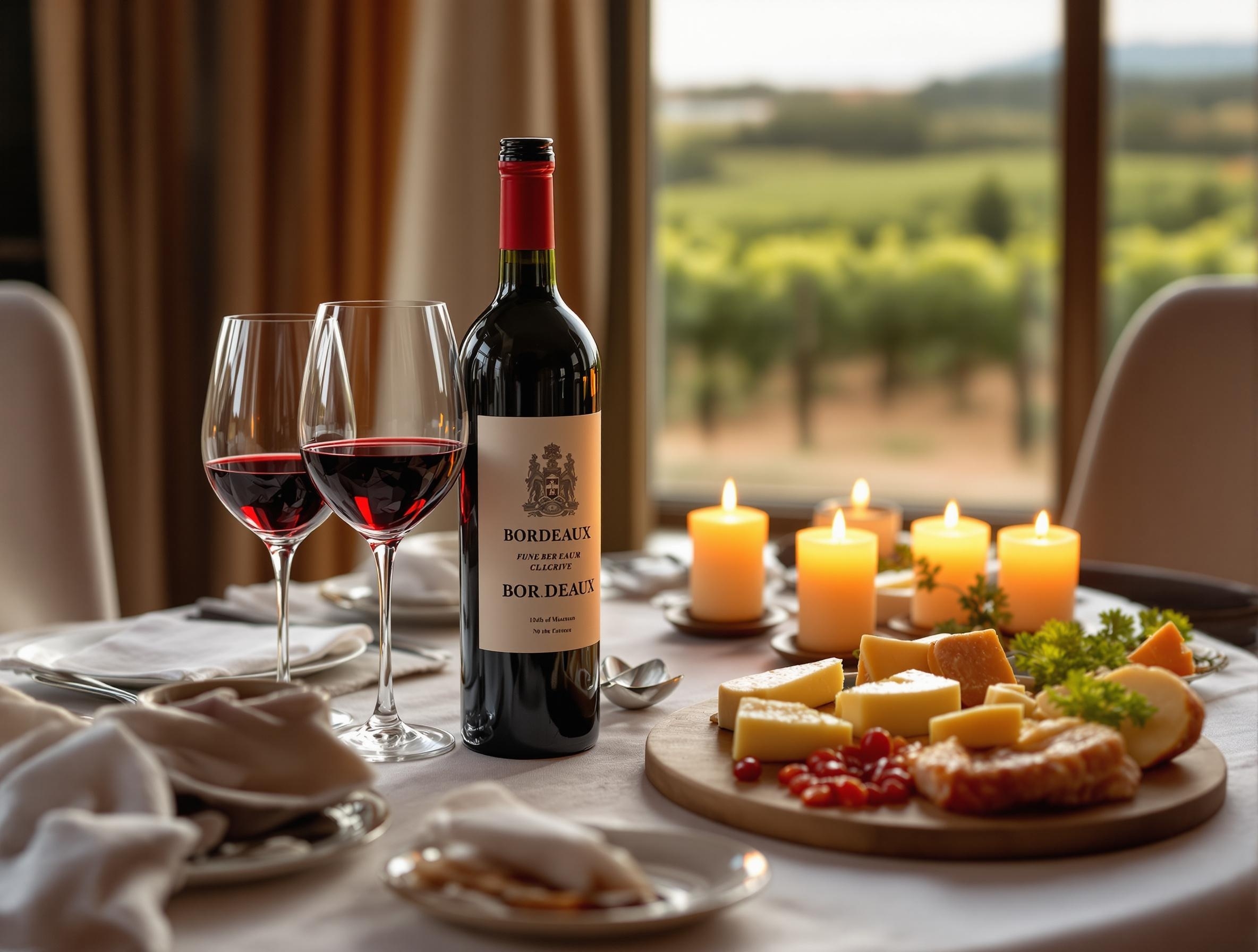Blog
In the world of wine, Bordeaux undoubtedly shines as a brilliant gem. This region in southwestern France has been producing wines that captivate the world for centuries. Bordeaux red wine is not merely a beverage but a cultural symbol and a lifestyle statement.
Elegant Heritage Through a Rich History
Bordeaux's winemaking history dates back to Roman times, but it truly gained international recognition in the 12th century when it became the favorite of the British royal family following the marriage alliance between England and France. After centuries of evolution and refinement, Bordeaux established a rigorous classification system that set standards for the global wine industry.
The charm of this region lies in its unique "terroir"—that perfect fusion of soil, climate, and human culture. Each sub-region—Médoc, Saint-Émilion, Graves, Pomerol—possesses distinctive characteristics, producing wines with varied styles.
The Art of Appreciation
Bordeaux red wines are primarily blended from Cabernet Sauvignon, Merlot, and Cabernet Franc grapes. A typical Bordeaux red carries aromas of blackcurrant and blackberry, accompanied by complex layers of graphite, cedar, and tobacco. With aging, it develops elegant notes reminiscent of leather and truffle.
Appreciating Bordeaux requires no excessive ceremony—just an appropriate wine glass, a suitable temperature of 18-20°C, and allowing the wine to breathe properly. Beginners might start with right-bank wines dominated by Merlot, which tend to be smoother and more approachable.
Wise Choices
The appeal of Bordeaux lies in its ability to satisfy quality pursuits across different budgets. While First Growth châteaux like Lafite and Latour come with hefty price tags, the essence of Bordeaux extends far beyond these premium estates.
Numerous excellent small and medium-sized châteaux abound in Bordeaux. Many Second and Third Growth estates, as well as Bordeaux Superior AOC wines, offer exceptional value. Wines in the $25-$65 range often deliver surprisingly high quality.
For instance, Cru Bourgeois wines frequently represent savvy choices for connoisseurs, maintaining Bordeaux's typical style but at more accessible prices.
Bordeaux in Everyday Life
Bordeaux red wine pairs perfectly with cuisine. Classic pairings include red meats like steak and lamb, while mature hard cheeses such as Comté and Parmesan are equally complementary. A good bottle of Bordeaux can instantly elevate a family dinner, transforming an ordinary evening into something special.
Keeping a few bottles of Bordeaux at home is not difficult. With a consistent temperature, away from light, and stored horizontally, many Bordeaux reds can age for 5-10 years or longer. Over time, those astringent tannins gradually soften, the body becomes rounder, and the flavors more complex.
Conclusion
Bordeaux red wine represents both tradition and modern taste. It doesn't need excessive showiness yet leaves a profound impression on the connoisseur's heart. In this fast-paced era, a glass of Bordeaux might offer us a moment of tranquility and composure, helping us rediscover focus and appreciation for beautiful things amidst our busy lives.
What Bordeaux teaches us goes beyond how to appreciate wine—it shows us how to savor life itself.


